Riley Scooters RS3 review: e-scooter of the future or the precursor to one?
Riley Scooters RS3: One-minute review
There’s no doubt that the Riley Scooters RS3, one of IFA 2022’s breakout stars, is among the best electric scooters on the market. Its revolutionary folding design allows users to reduce it down to less than half its operating size, making it easier to stow away out of sight or carry onto the subway or a bus. This is enough to recommend to e-scooter fans and potential new riders alike, especially as a fantastic electric scooter for students.
But Riley Scooters doesn’t stop there. The brand throws in a lot more things that make an electric scooter great – snappy acceleration, good shock absorption, excellent brakes, premium build, and a spacious deck. It even throws in a removable battery for good measure. And, getting all that for less than $1,000 / £1,000 makes it, if not one of the cheapest electric scooters, then certainly among the best value options.
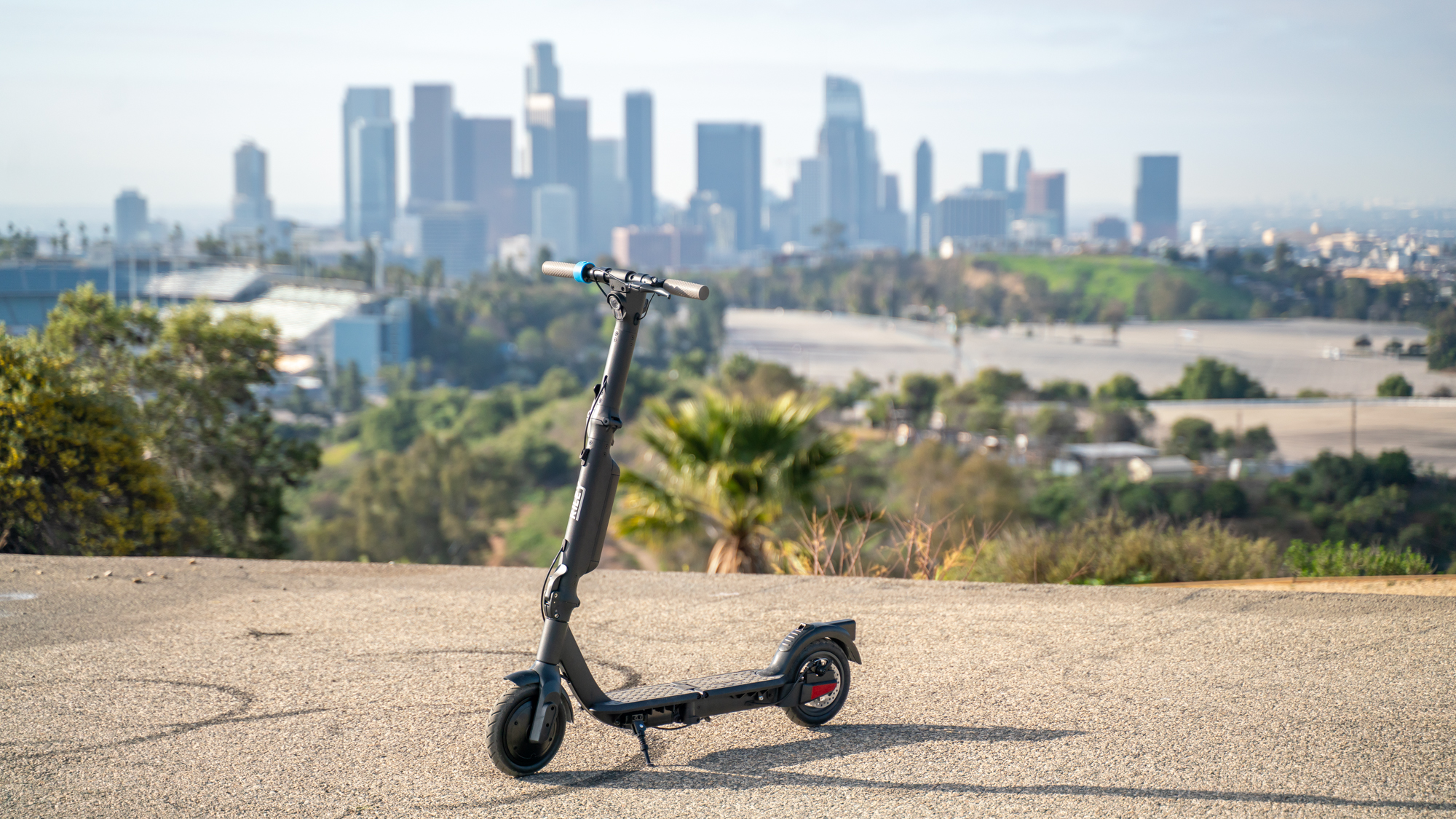
However, as innovative as its folding mechanisms are, they still feel like they’re in the early days of what could be the e-scooter design of the future. Not that I’m expecting to just press a button and watch the vehicle fold or unfold on its own, but at least two of these mechanisms are a little clunky and not the most graceful to operate. Because of that, the Riley Scooters RS3 feels slightly less like something out of Blade Runner and a bit like the early prototype of one.
Don’t get me wrong; I absolutely love most things about it. I just wish I didn’t have to sweat to get it down to its portable size.
Riley Scooters RS3: Price and availability
- How much does it cost? $926 / £749 (about AU$1,350)
- When is it available? Available now
- Where can you get it? Available in the US and the UK
Motor: 350W motor with 700W peak capacity
Top speed: 15mph (25kmh)
Range: 15.5 miles (25km)
Braking system: Disk, E-ABS, and Pedal brakes
Weight: 30.8 lbs (14kg)
Max load capacity: 264 lbs (120kg)
Though not a budget electric scooter, the Riley Scooters RS3 is well-priced for something that’s innovative and a bit novel. It isn’t the only new e-scooter on the market with this much folding prowess, but it’s certainly one of the cheapest.
Sitting in the mid-range at $926 / £749 (about AU$1,350), it stays well within the price range of the more impressive e-scooters I’ve tested. It also comes with the features, build, and performance to make it worth its price tag.
There are some not-so-obvious compromises here like its short 15.5-mile range and the smaller 8.5-inch pneumatic tires (though I suspect the latter has more to do with making it as compact as possible). However, it’s still surprising how affordable it is considering everything it has on offer.
- Value: 4.5 / 5
Riley Scooters RS3: Assembly
- Packaged folded
- To unfold, you have to watch the video tutorial
Unlike other scooters, the Riley Scooters RS3 is packaged in its folded form, which means that you’re getting a shorter – and, therefore, easier to handle – box. That’s definitely something I appreciate, as someone who’s had to regularly drag the massive, long rectangular boxes e-scooters typically come in into her apartment. (I think that’s probably the most annoying aspect of having to test and review e-scooters.)
The only thing about this is that the initial unfolding does take longer. Unless you’ve done it many times, unfolding the electric scooter isn’t very intuitive or straightforward. So, before doing anything else, you must watch the folding and unfolding video that Riley Scooters has thoughtfully created for first-time users. And, you might have to play it again as you’re going through the motions.
- Design: 4 / 5
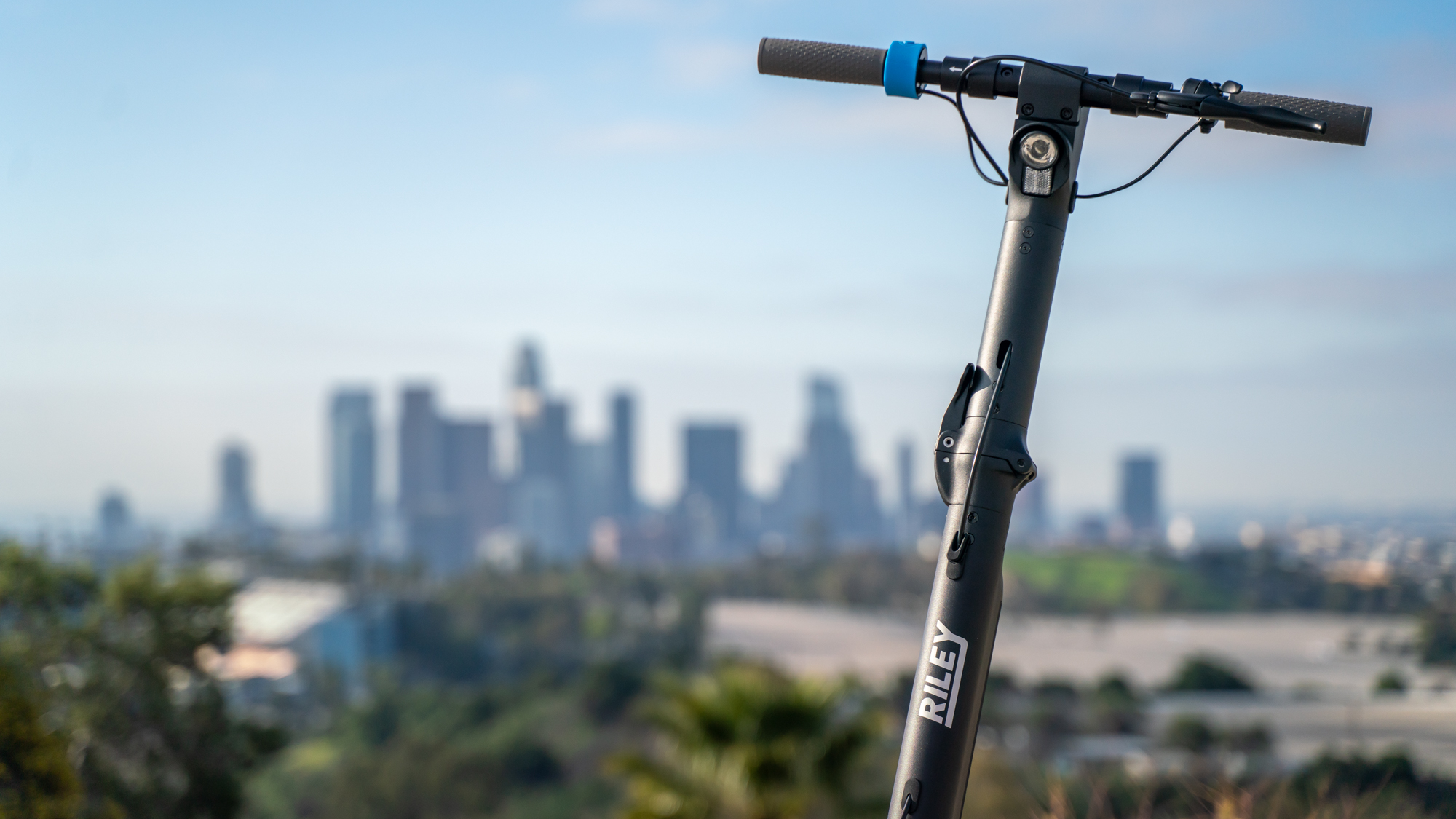
Riley Scooters RS3: Design and features
- It takes practice to fold/unfold/attach battery
- Premium, solid build
- Dash is great to use while deck is long
The Riley Scooters RS3 may look different when folded, but when it’s unfolded and fully upright, it looks very similar to other mid-range e-scooters on the market, especially with its black-with-gray-trim colorway. Really, the big thing that sets it apart from all others is that foldable design, which enables it to collapse at five different points so it can effectively transform into its very compact, easier-to-carry form.
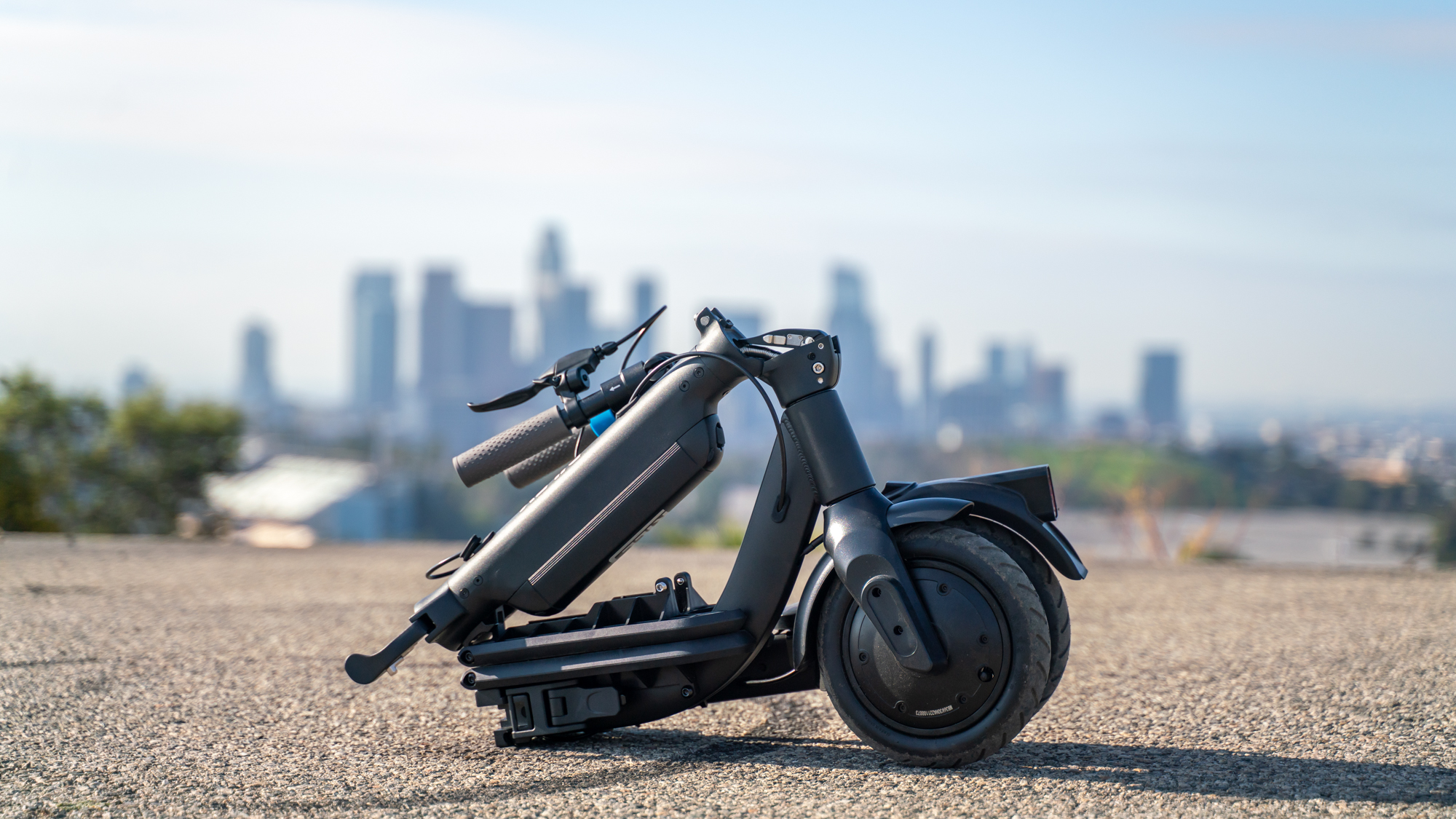
However, to get it down to that form (or back up into its rideable one, for that matter) is an exercise in patience, and it takes a bit of practice. It’s not just a matter of mastering which levers to pull, latches to unlock, and tabs to push – though there are a lot of those as well – so don’t expect the folding process to take seconds. At least not in the beginning.
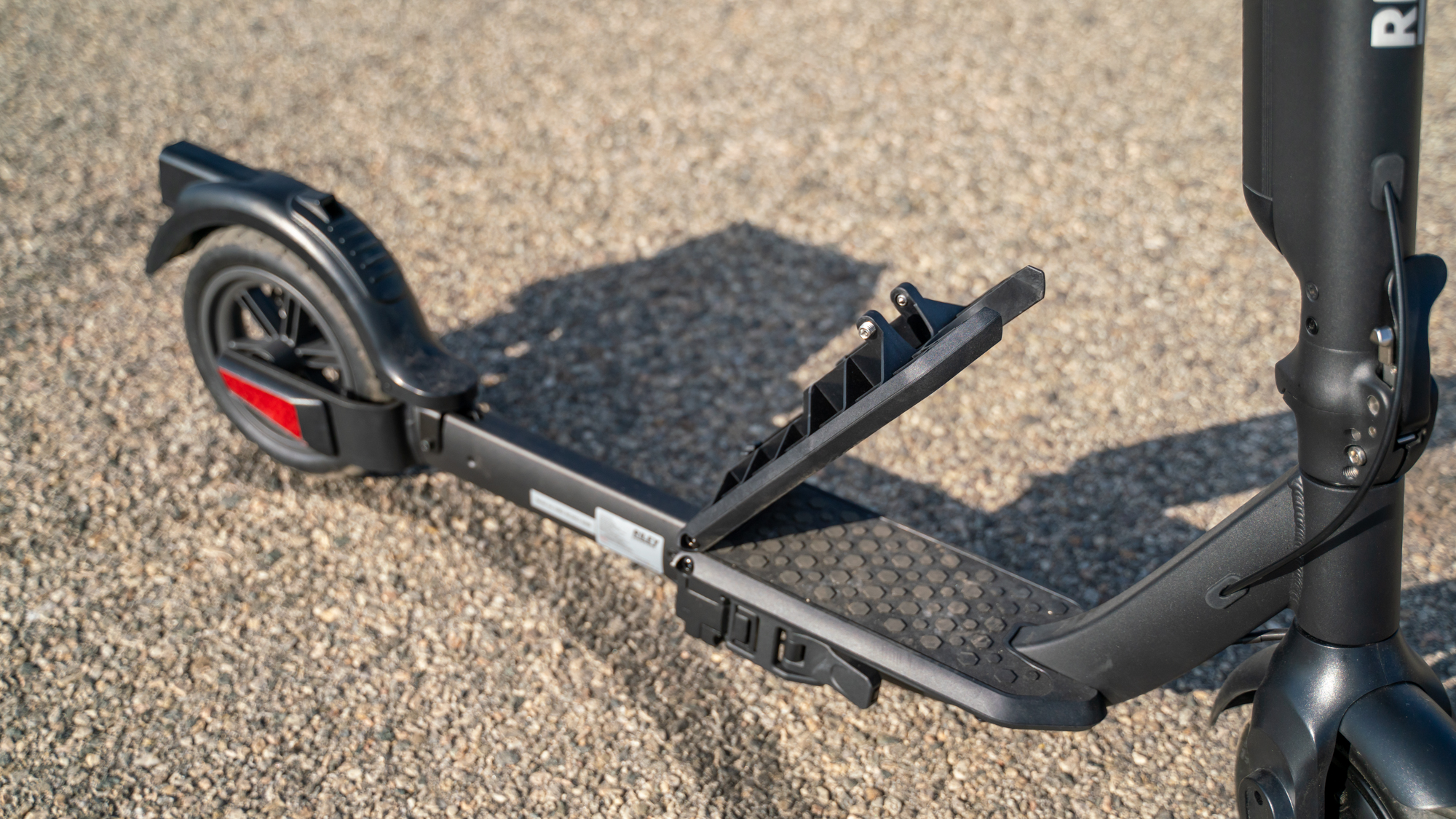

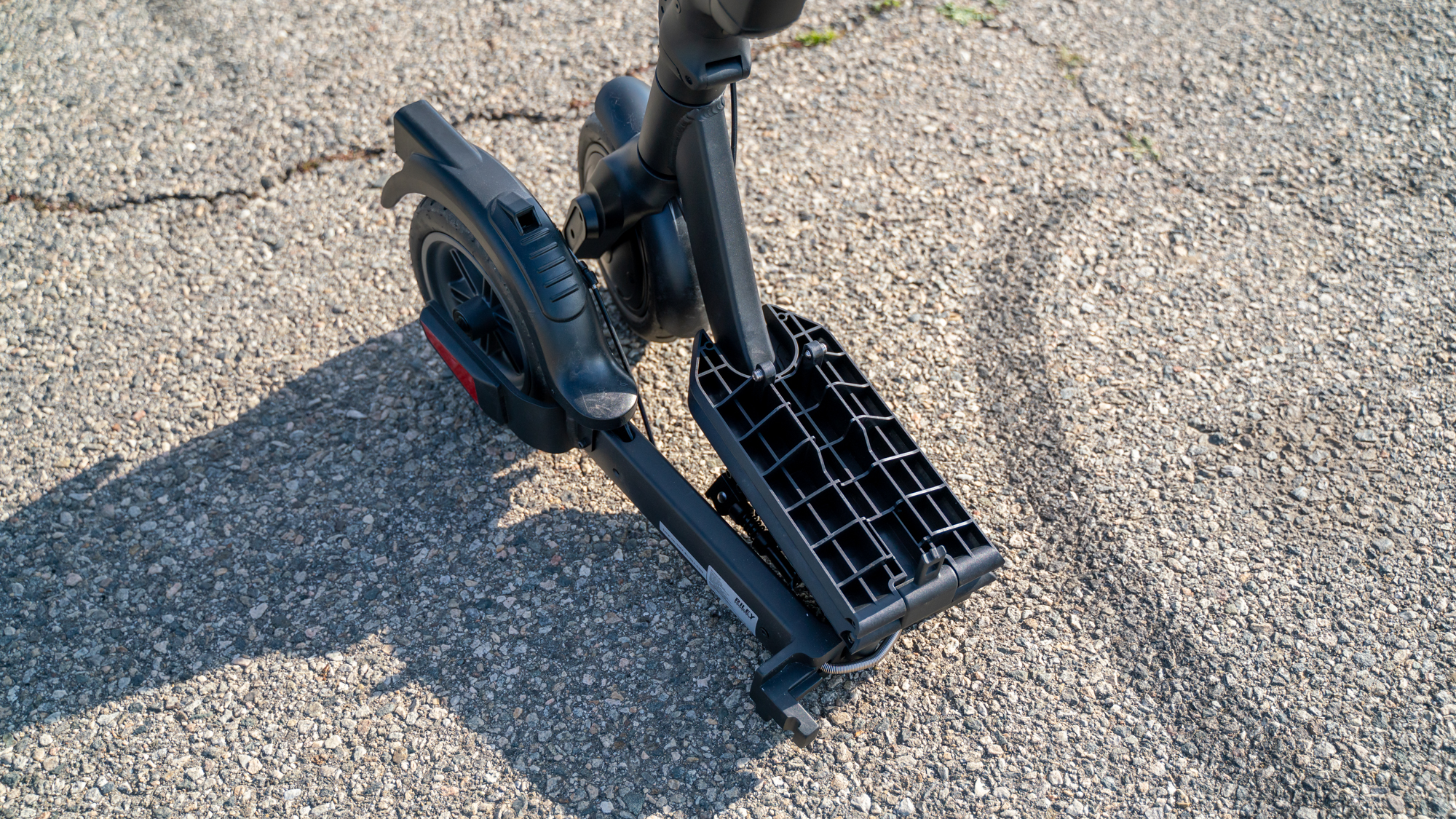
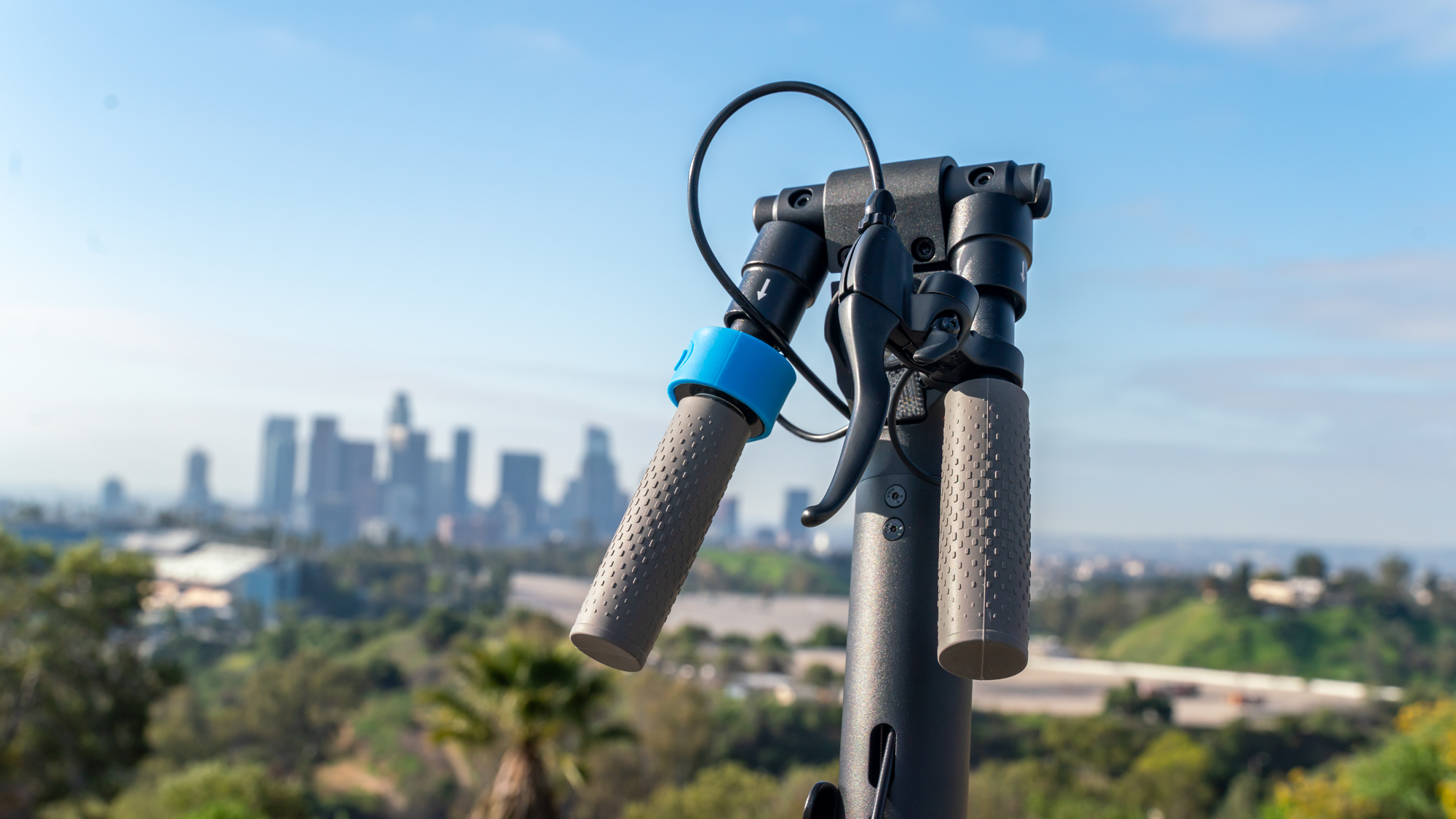
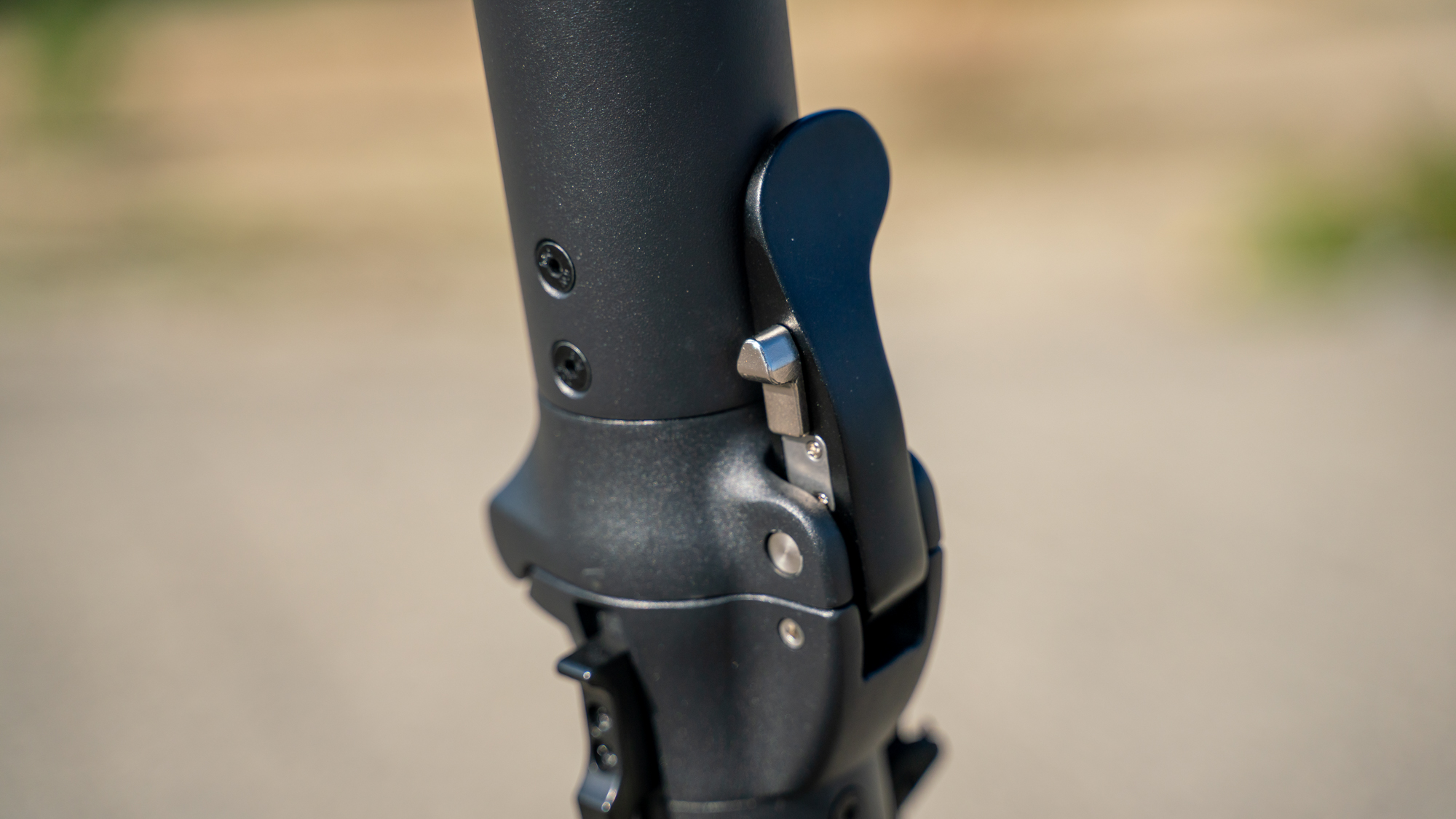
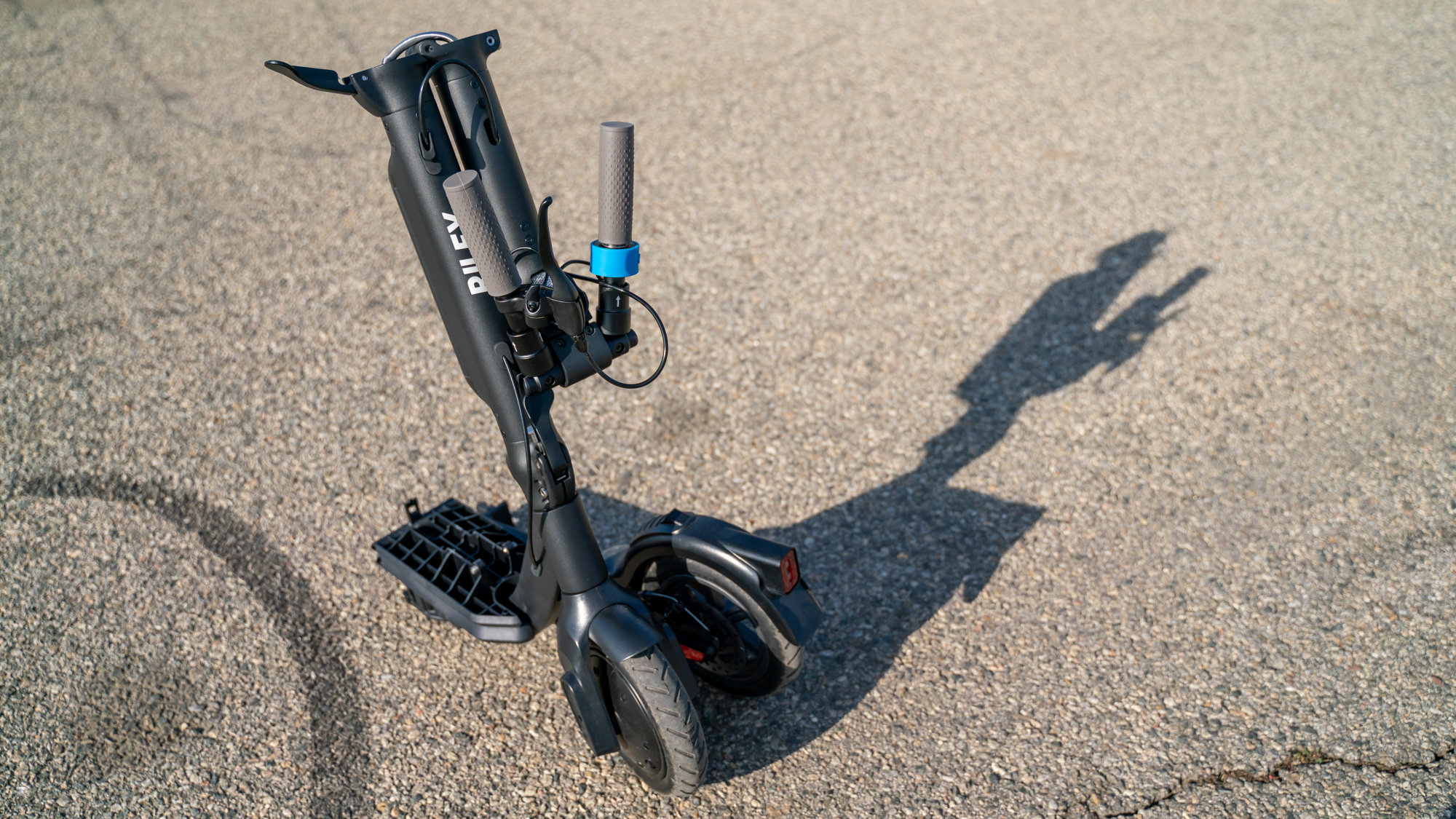
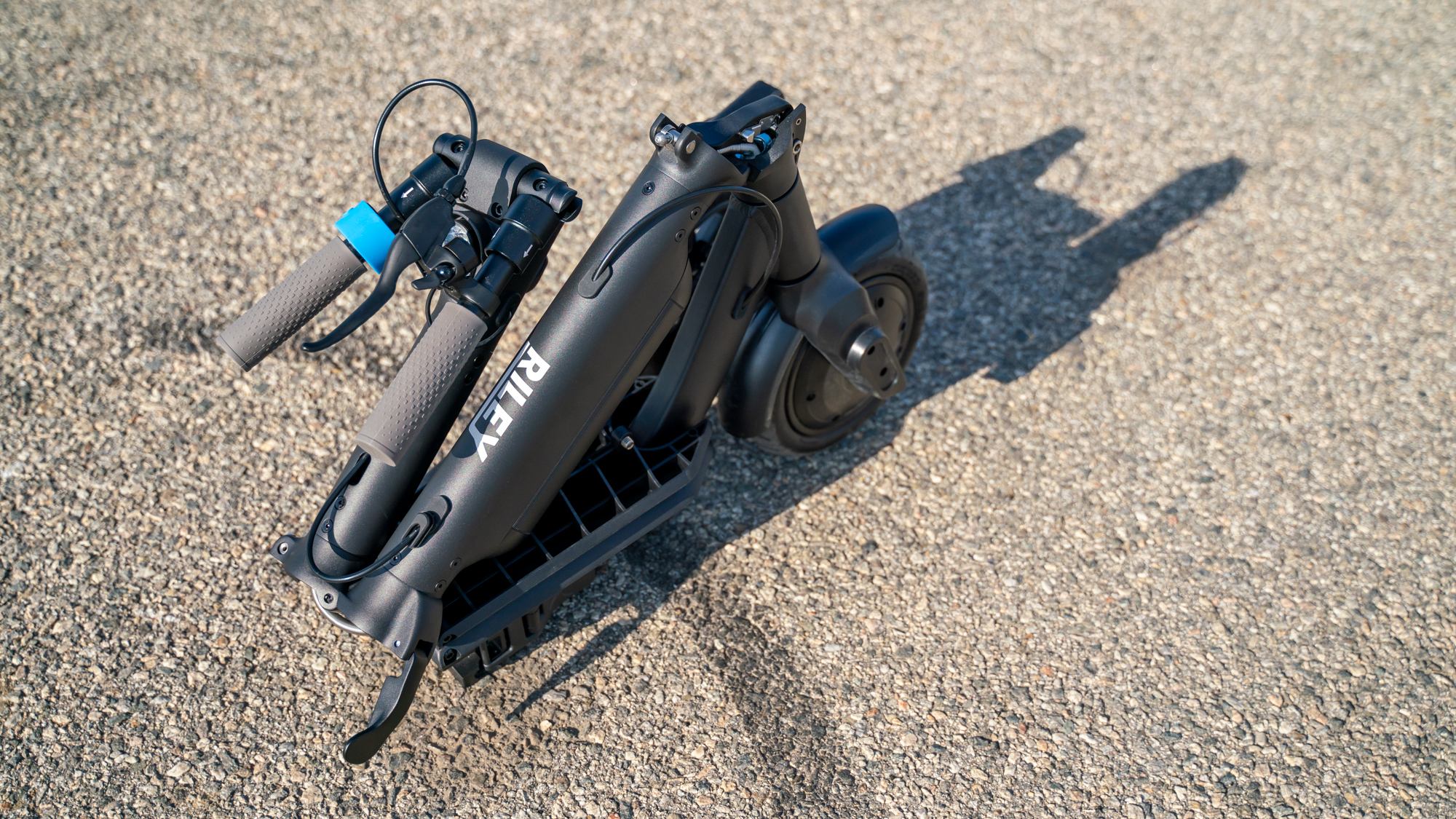
Despite the fact that its five folding mechanisms are very effective at reducing its size, they’re not the most intuitive or graceful to handle. To fold the base in half or put it back together, for example, you have to support the stem and most of the e-scooter’s weight with your back, which may be easy when the scooter is on a table (as in the company’s demo video at IFA) but not when it’s on the ground. Can you imagine doing that at the top of a busy subway staircase?
To be fair, I found that it gets easier with plenty of practice. And, I do think that being able to fold it down to less than half its size makes it so much easier to carry, especially if you have to jump on a train or a bus en route to your destination. It’s even more convenient for petite riders like me. Even when folded, regular e-scooters are such a pain to carry for me because there’s not much ground clearance when I’m carrying them. With the RS3, that part is a non-issue – despite the fact that it is on the heavy side.
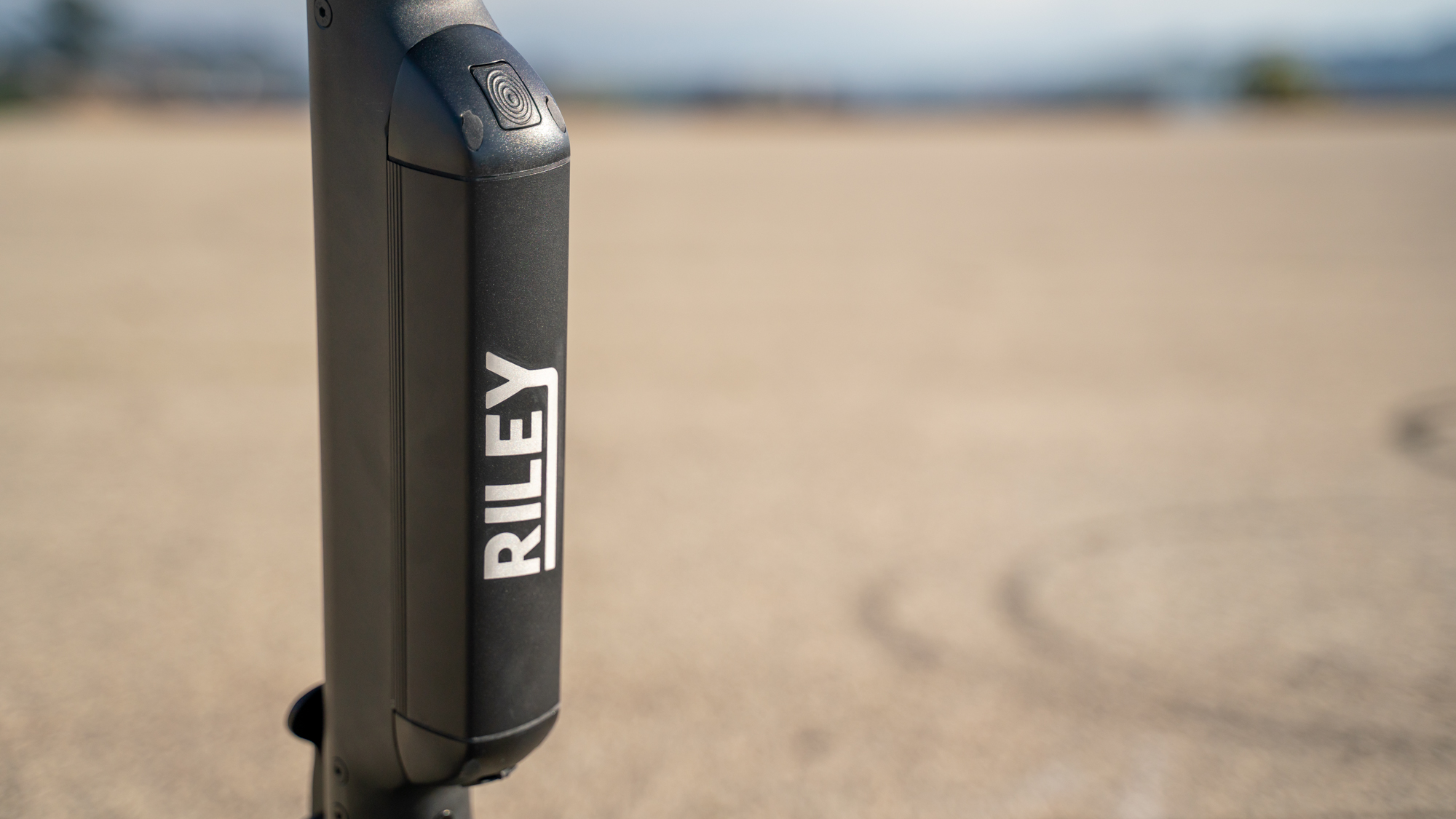
A nice touch here is the removable battery, which means that you can technically have several, charge them all at the same time at the beginning of the week, then replace them as necessary. The issue here is that, because of how the battery compartment was built, attaching and removing the battery isn’t as easy as on other scooters I’ve tested. You kinda have to focus on inserting the battery in a painstakingly straight way for it to lock into place properly. This part also takes a lot of practice and patience.
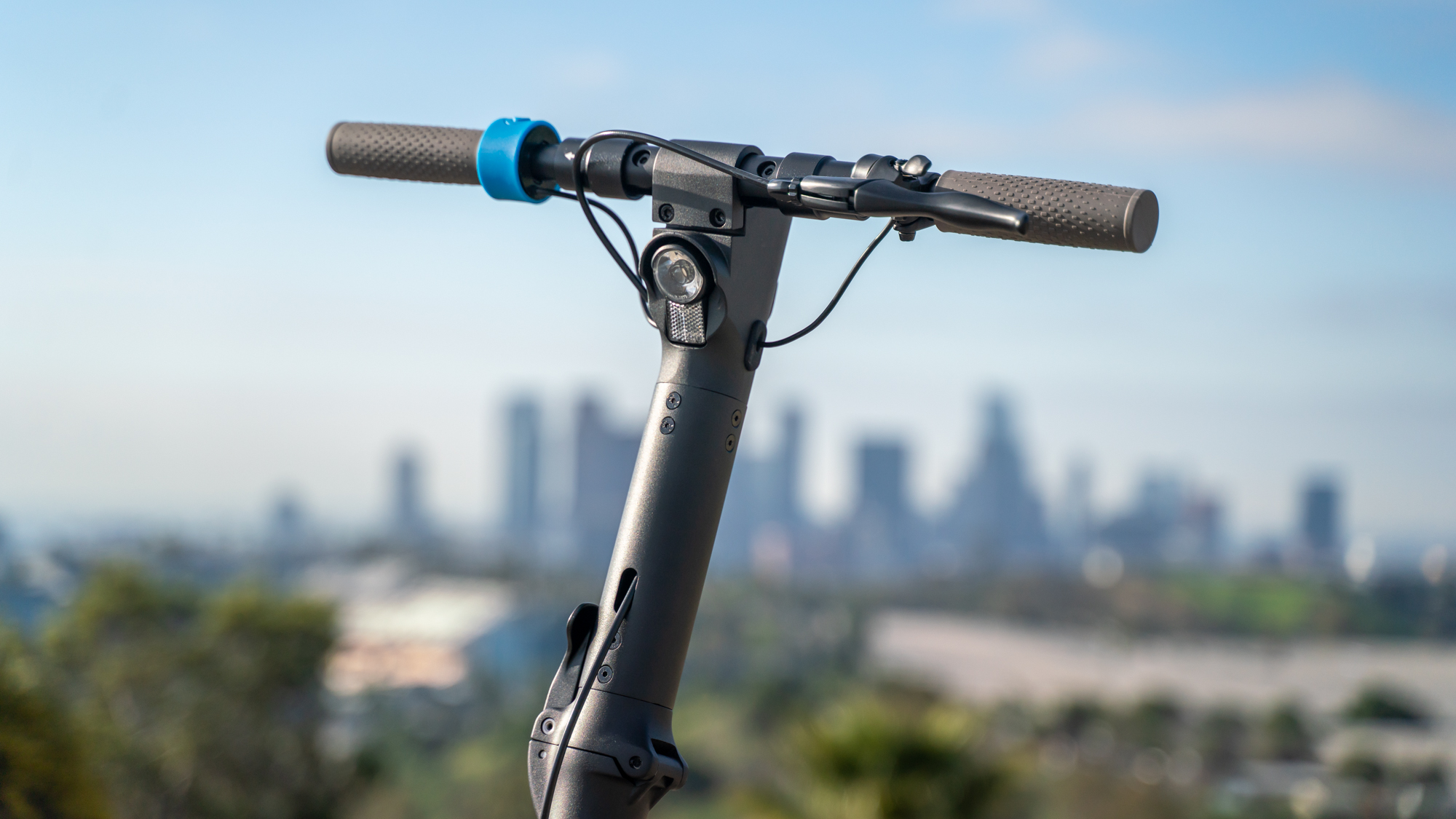
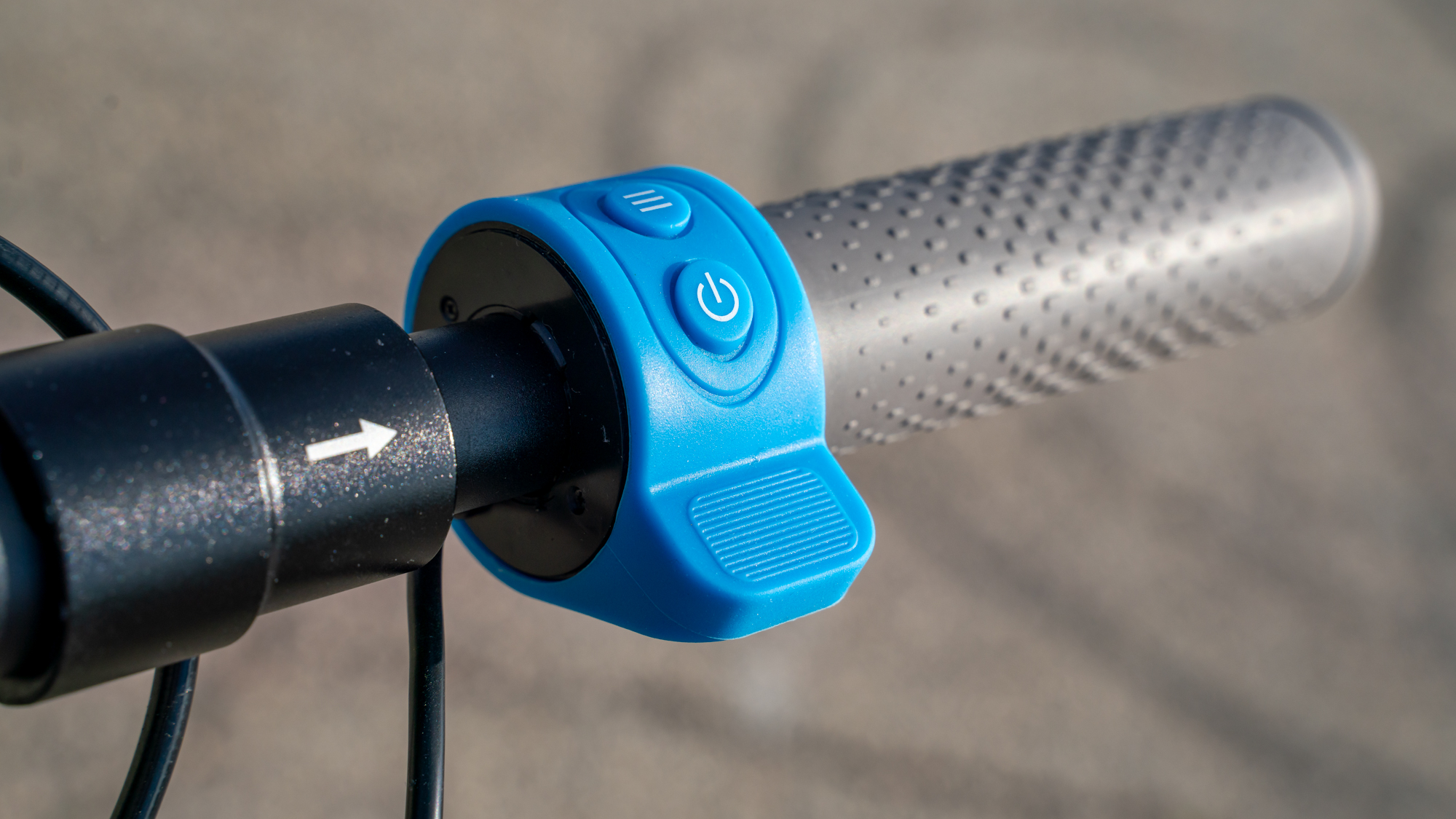
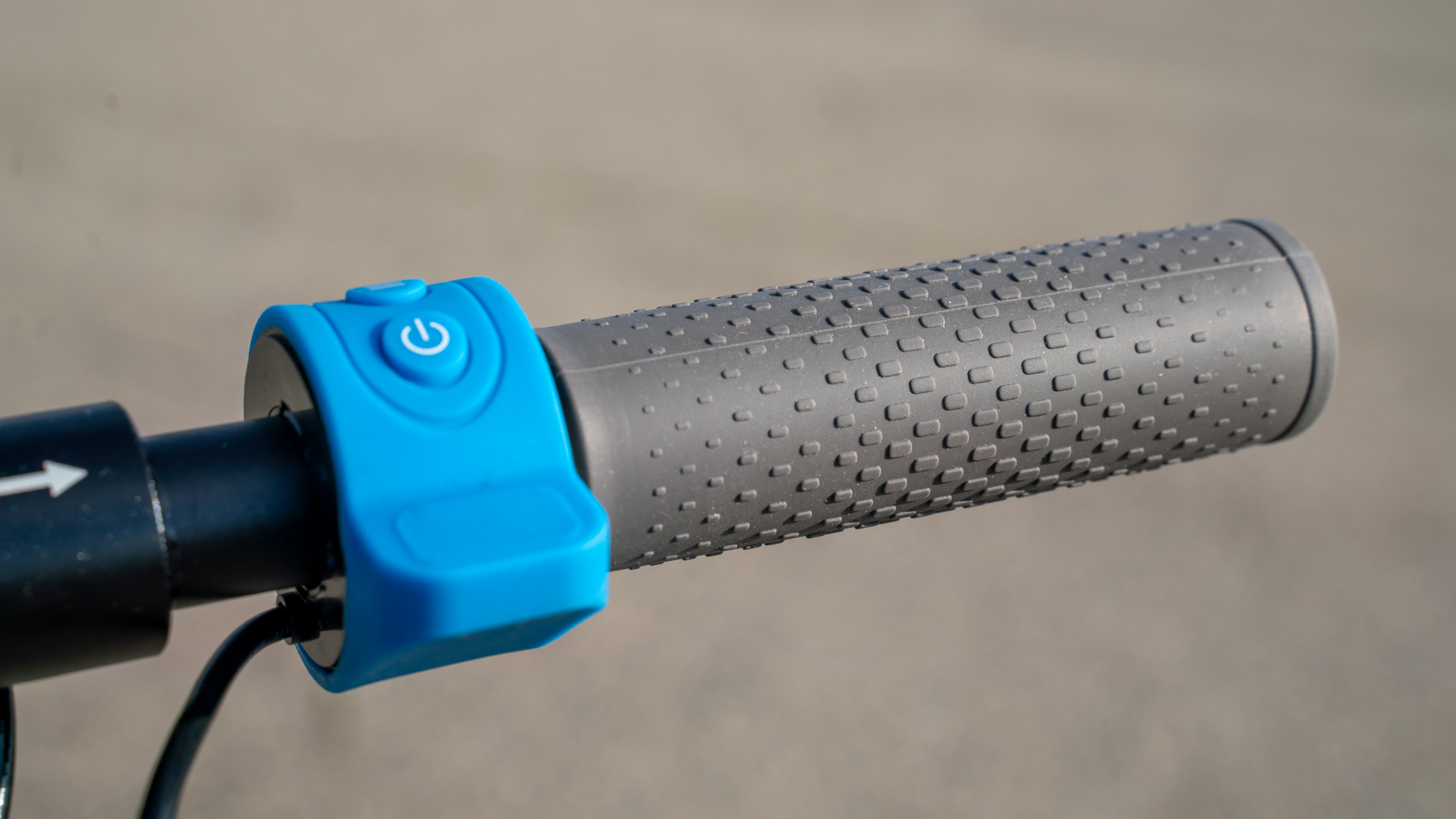
The good news is that the Riley Scooters RS3 feels incredibly robust and well-made. I haven’t heard parts rattling inside, even when I’m riding it on uneven or pot-riddled ground. It is fairly heavy – another telltale sign that the brand had to sacrifice some parts to keep its price affordable – but that won’t matter when you’re riding it or when it’s folded, as again, it’s much easier to carry when it’s in its compact form.
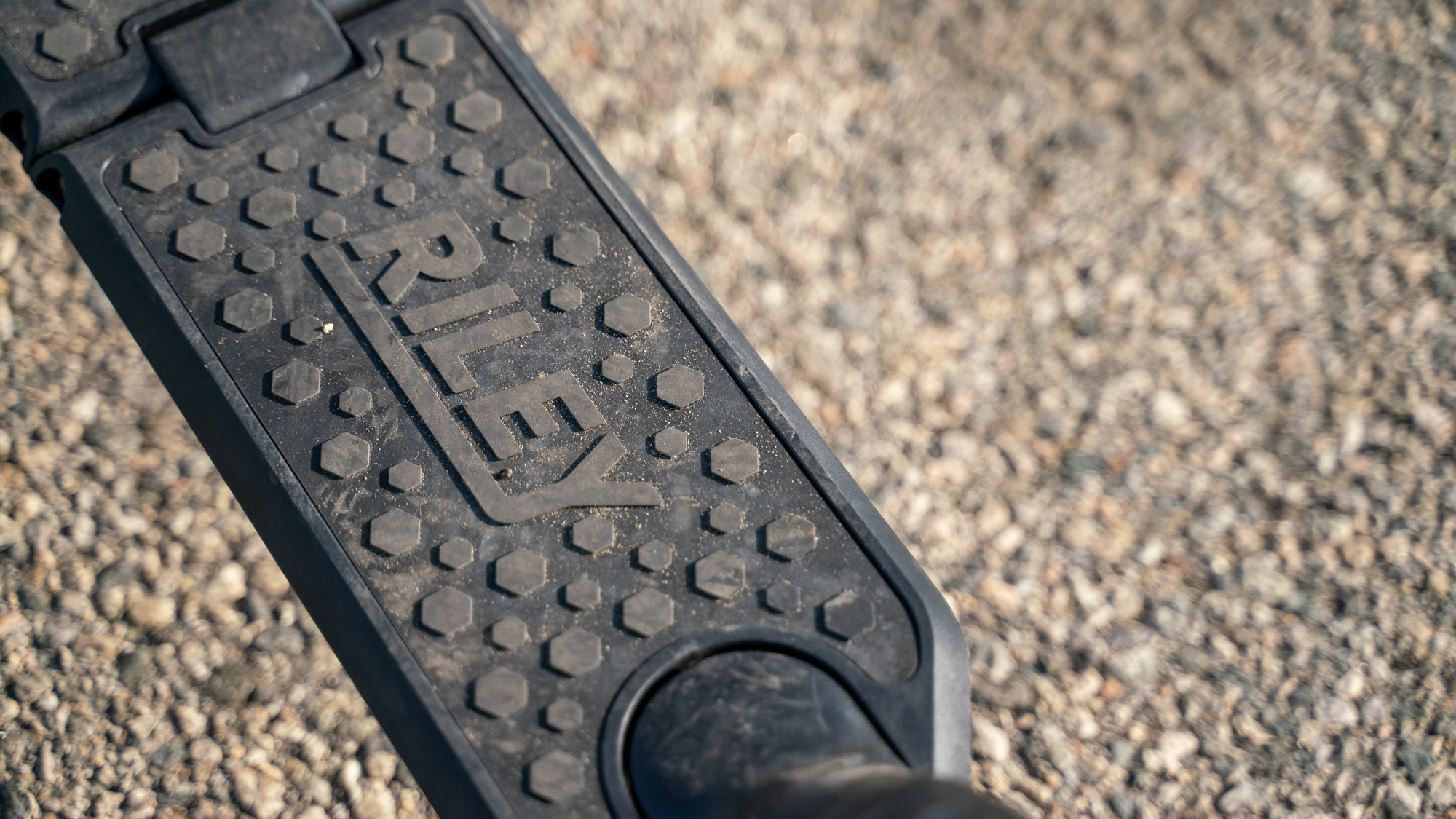
The deck, which is textured to effectively keep your feet in place, is fairly narrow. However, it is long so it won’t feel crowded even to those with bigger feet. The dashboard is small and simple but comes with a separate button for changing modes so it’s easier to change your top riding speed when you’re on the road. Finally, it has an always-on rear light (as well as a headlight and reflectors) that gets brighter when you’re braking to keep you safe at night.
- Design: 4.5 / 5
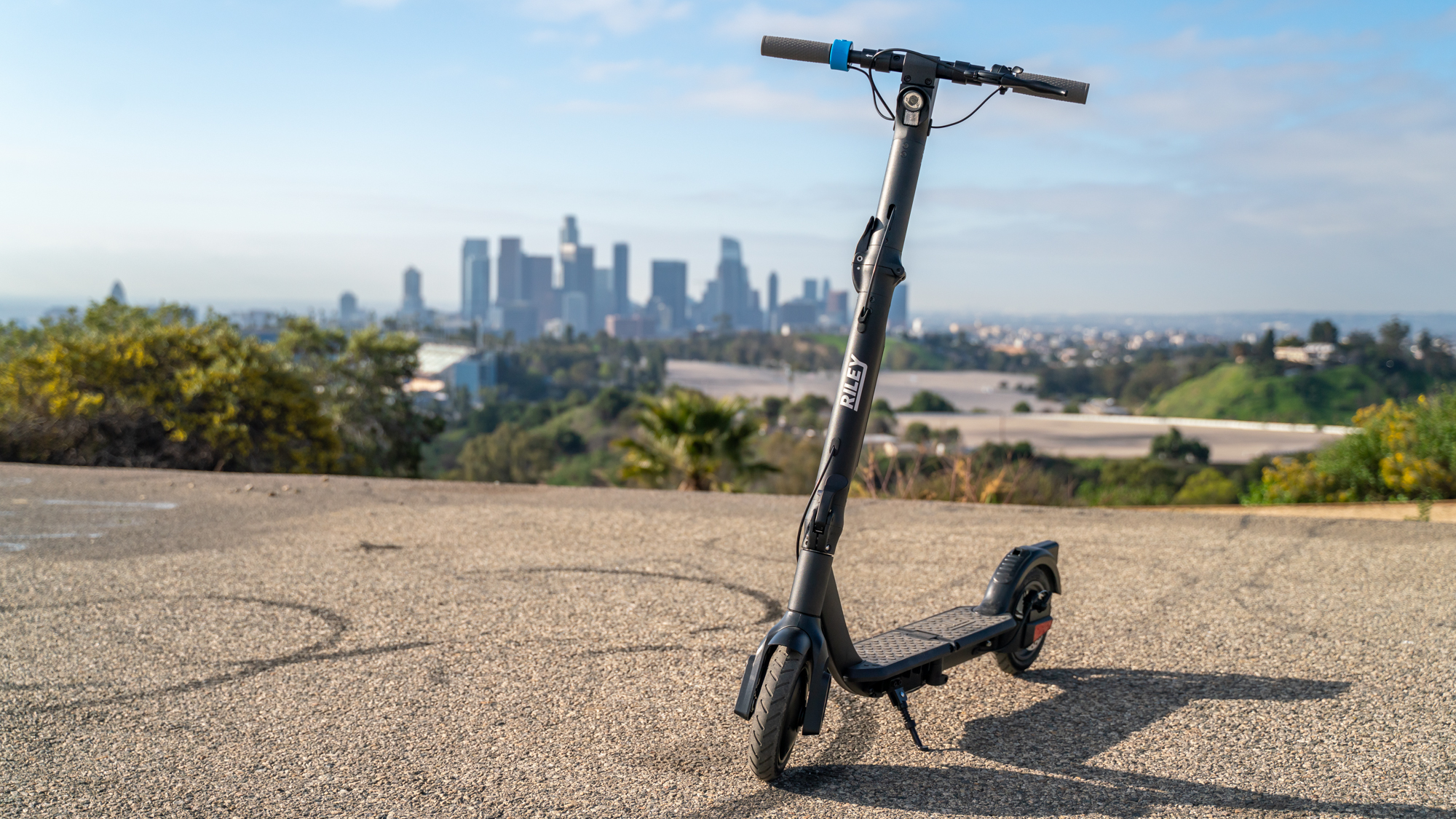
Riley Scooters RS3: Performance
- Snappy acceleration, pretty good shock absorption
- Tires don’t have a lot of traction
- Braking system is incredible
I’m super impressed with the Riley Scooters RS3’s performance. Despite only having 8.5-inch pneumatic tires, a top speed of 15.5 mph (25km/h), and a battery range of 15.5 miles (25km), it’s one of the smoothest, snappiest, and safest electric scooters I’ve ever tested. While its folding mechanisms could use a little refining – which I’m pretty sure the brand will do for its successor – it’s hard for me to complain about its performance on the road.
I took this baby out on paved roads, both smooth and rough, as well as a loose gravel path and a loose dirt incline, and it delivers surprisingly good shock absorption – something you’d typically get from e-scooters with larger tires.
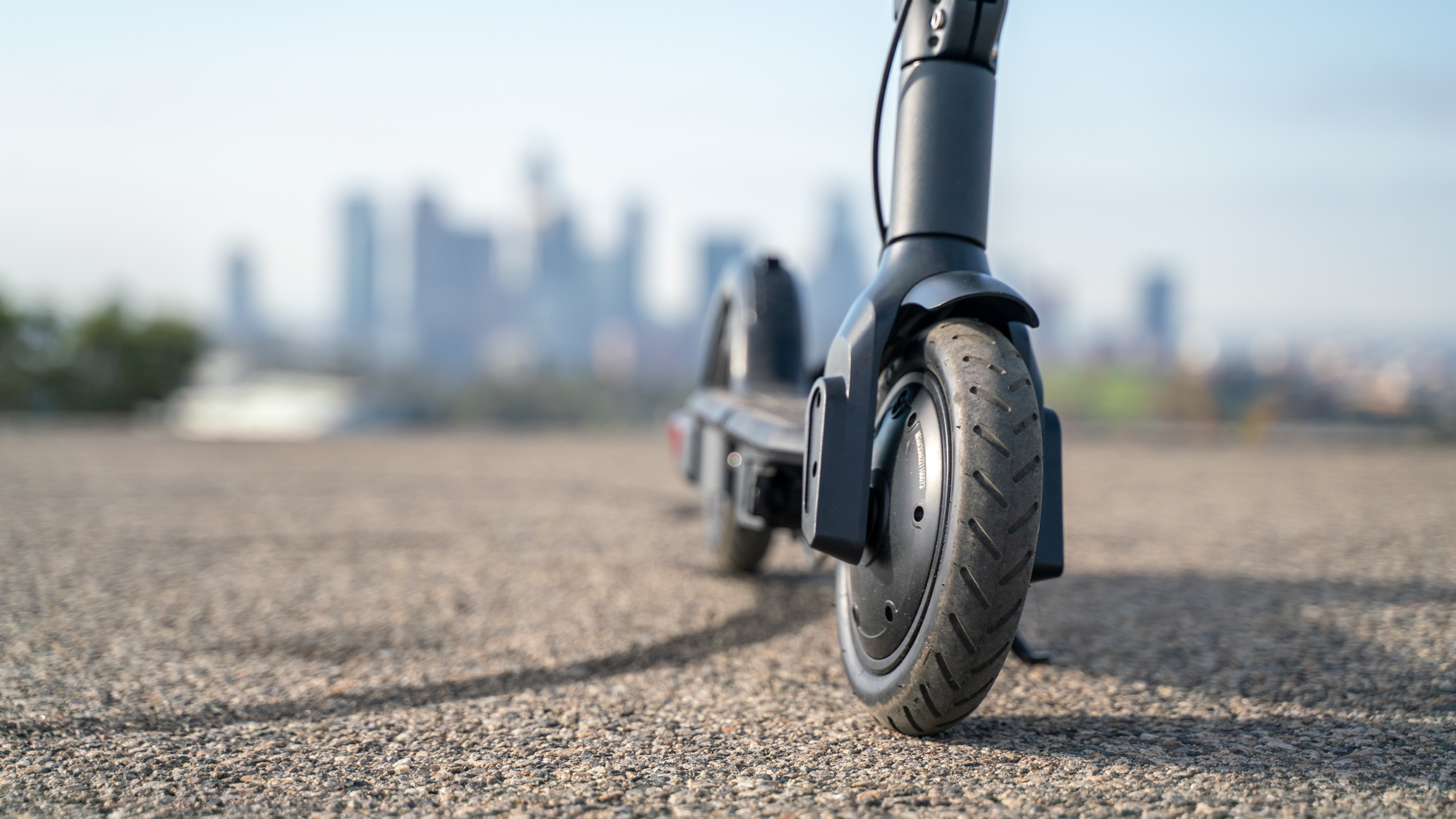
It also picks up speed pretty quickly, so that should help offset its 15-degree climbing rating. If you manage to reach its top speed, you can certainly manage to get it all the way up on a short, 25-degree incline, depending on your weight. I did during testing, though I do hover around the 120lb (54kg) mark. I imagine it would have a harder time on an incline with a heavier rider.
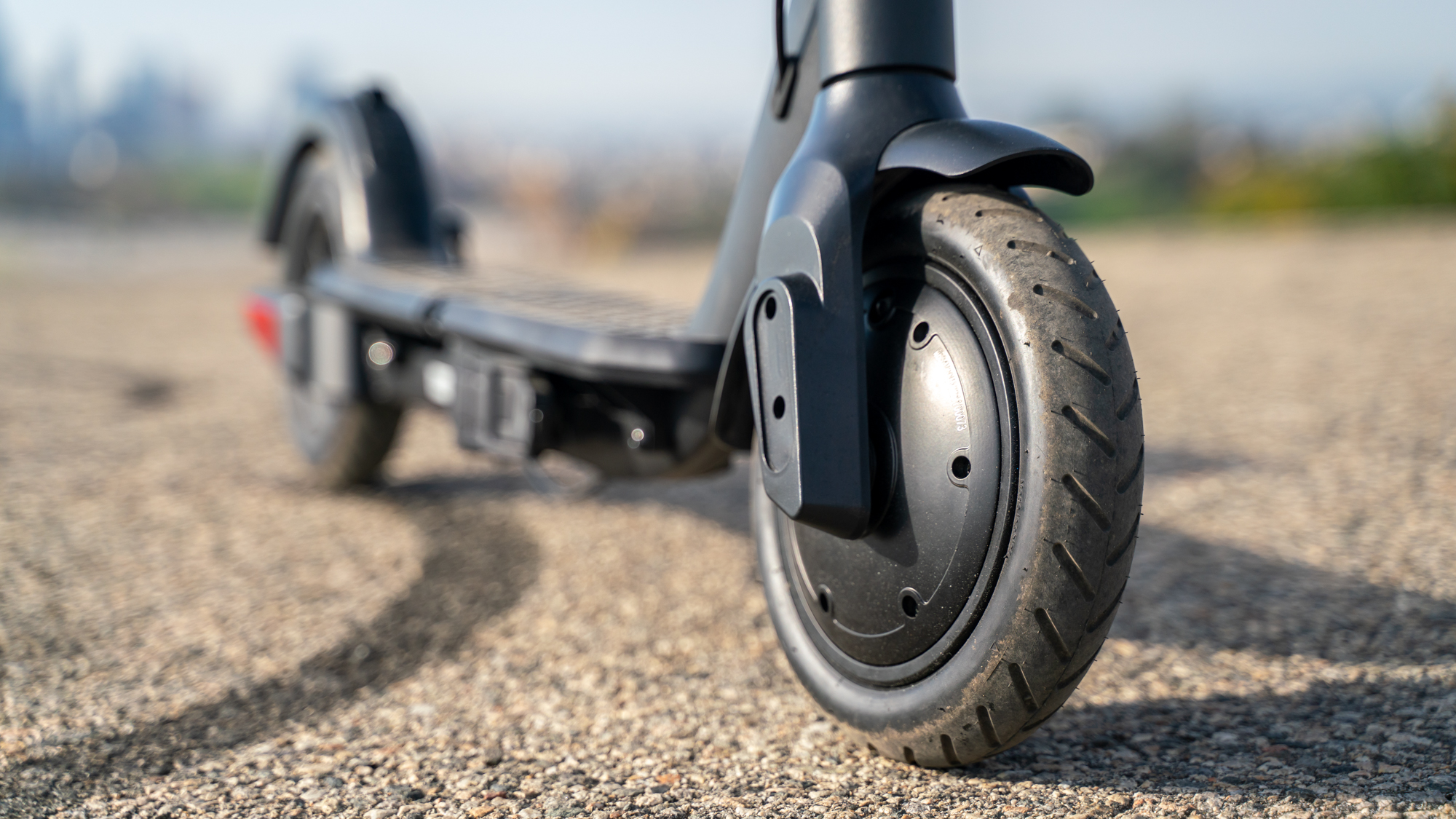
Another thing that might prevent you from getting to the top of the hill easily is the tires. The Riley Scooters RS3 does have a rear hub motor, which technically should give it better traction, but the tires themselves don’t really have a lot of grippage. They do have indents, but most of the surface is fairly smooth. I have felt that front wheel lift up ever so slightly while going up an incline.
Probably the biggest weakness most budget and mid-range electric scooters have is the brakes. I’ve tested more than my share of e-scooters, and I’ve found that even some of the best ones can’t implement their braking system as well as they should. That isn’t the case with the RS3.
Not that you shouldn’t learn how to ride an e-scooter safely, but the braking system on this model is absolutely fantastic and will definitely help keep you safe on the road. Not only did Riley Scooters throw in not one, not two, but three brakes - disk, E-ABS, and pedal - on this thing, but it also made sure that those brakes are smooth, not jerky, and incredibly effective. They also give the rider a lot of control, so even if you’re a beginner, you’ll find braking easy to do.
I live on a 25-grade hill, and going downhill on a new e-scooter I’m testing for the first time is always scary as I don’t know just how effective its braking system is. I didn’t have that experience with the RS3. I definitely feel confident going downhill on this thing.
- Performance: 4.5 / 5
Should I buy the Riley Scooters RS3?
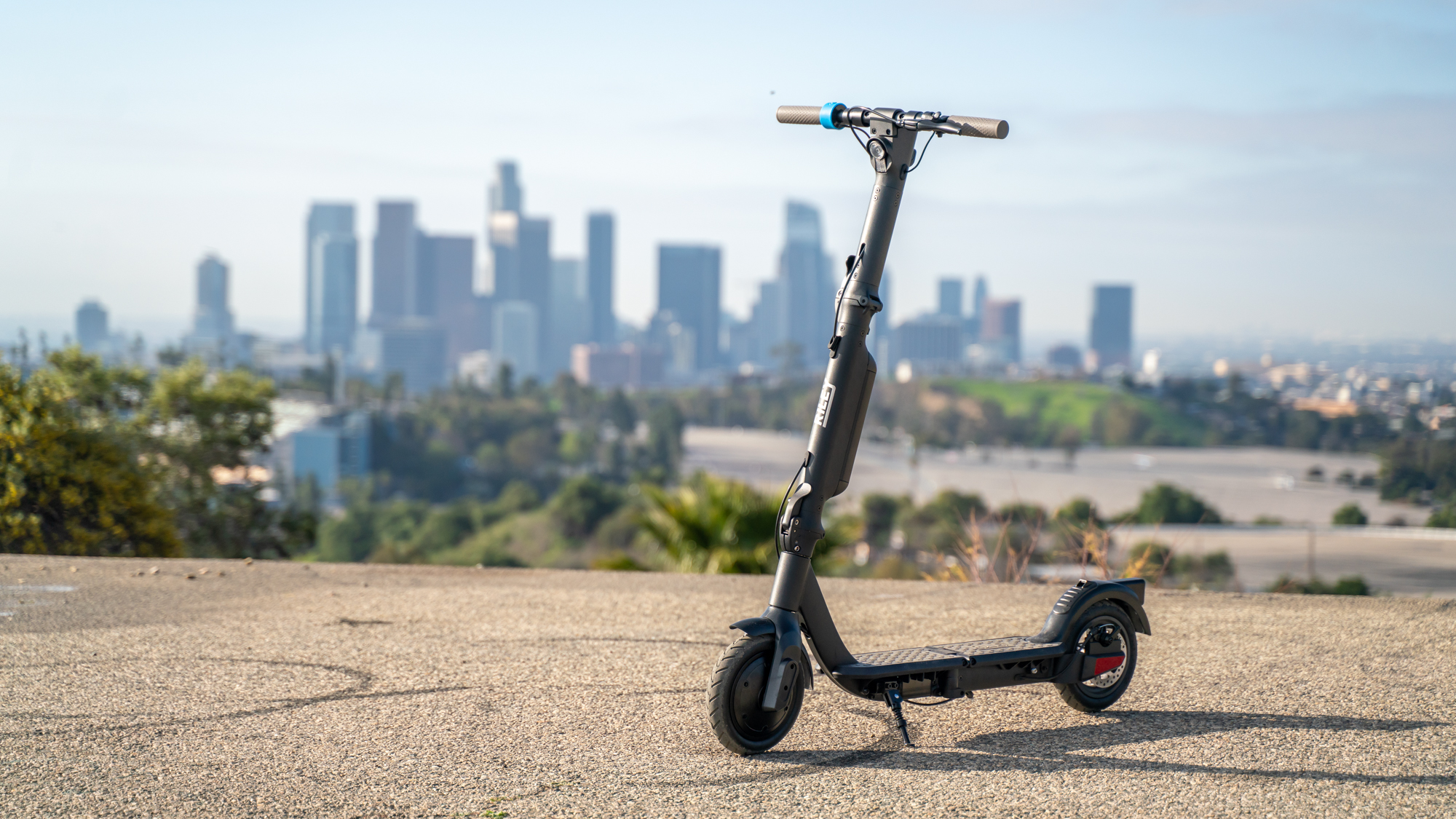
Buy it if...
Don't buy it if...
Riley Scooters RS3: Report card
How I tested the Riley Scooters RS3
Testing the Riley Scooters RS3 was a slightly different process than testing other folding scooters because of its folding mechanism. I spent quite a bit of time trying to familiarize myself with its folding process by watching the tutorial video several times and practicing, then trying to figure out different ways to simplify the process. I also tested that process out in public to see how convenient it is to do when users are out of their comfort zone.
Since it removing and installing its battery is a finnicky process, I spent quite a bit of time figuring that out as well. Of course, I also tested its performance by taking it on both paved roads and non-paved paths (gravel and lose dirt). I also tested it on inclines around my neighborhood to test its hill grade rating and brake system.
We pride ourselves on our independence and our rigorous review-testing process, offering up long-term attention to the products we review and making sure our reviews are updated and maintained - regardless of when a device was released, if you can still buy it, it's on our radar.
Also consider
If our Riley Scooters RS3 review has you considering other options, here are two more to consider...
- First reviewed February 2023
0 comments:
Post a Comment